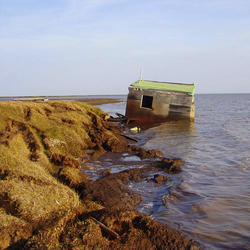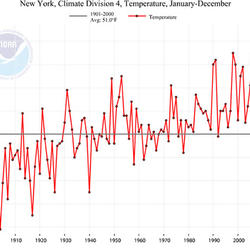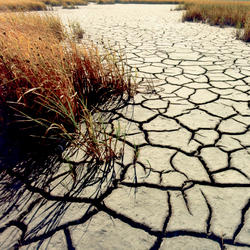Executive Summary The U.S. Geological Survey (USGS), a nonregulatory Federal science agency with national scope and responsibilities, is uniquely positioned to serve the Nation’s needs in understanding and responding to global change, including changes in climate, water availability, sea level, land use and land cover, ecosystems, and global biogeochemical cycles. Global change is among...
Authors
Virginia Burkett, David Kirtland, Ione Taylor, Jayne Belnap, Thomas Cronin, Michael D. Dettinger, Eldrich Frazier, John Haines, Thomas R. Loveland, Paul C.D. Milly, Robin O'Malley, Robert Thompson, Alec Maule, Gerard McMahon, Robert Striegl
























